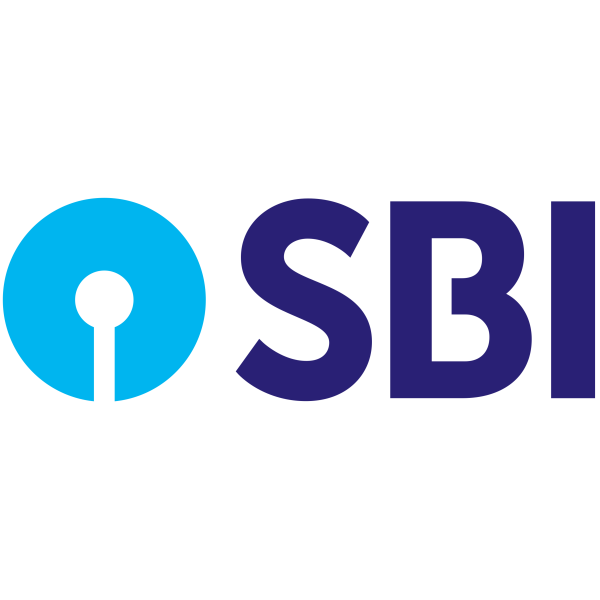
State Bank of India
NSE:SBIN


Utilize notes to systematically review your investment decisions. By reflecting on past outcomes, you can discern effective strategies and identify those that underperformed. This continuous feedback loop enables you to adapt and refine your approach, optimizing for future success.
Each note serves as a learning point, offering insights into your decision-making processes. Over time, you'll accumulate a personalized database of knowledge, enhancing your ability to make informed decisions quickly and effectively.
With a comprehensive record of your investment history at your fingertips, you can compare current opportunities against past experiences. This not only bolsters your confidence but also ensures that each decision is grounded in a well-documented rationale.
Do you really want to delete this note?
This action cannot be undone.

| 52 Week Range |
564.8
905.65
|
| Price Target |
|
We'll email you a reminder when the closing price reaches INR.
Choose the stock you wish to monitor with a price alert.
This alert will be permanently deleted.
 State Bank of India
State Bank of India
 State Bank of India
Retained Earnings
State Bank of India
Retained Earnings
State Bank of India
Retained Earnings Peer Comparison
Competitors Analysis
Latest Figures & CAGR of Competitors

| Company | Retained Earnings | CAGR 3Y | CAGR 5Y | CAGR 10Y | ||
|---|---|---|---|---|---|---|

|
State Bank of India
NSE:SBIN
|
Retained Earnings
₹4.4T
|
CAGR 3-Years
16%
|
CAGR 5-Years
13%
|
CAGR 10-Years
11%
|
|

|
ICICI Bank Ltd
NSE:ICICIBANK
|
Retained Earnings
₹2.8T
|
CAGR 3-Years
18%
|
CAGR 5-Years
19%
|
CAGR 10-Years
N/A
|
|

|
HDFC Bank Ltd
NSE:HDFCBANK
|
Retained Earnings
₹4.8T
|
CAGR 3-Years
29%
|
CAGR 5-Years
24%
|
CAGR 10-Years
N/A
|
|

|
Axis Bank Ltd
NSE:AXISBANK
|
Retained Earnings
₹1.7T
|
CAGR 3-Years
16%
|
CAGR 5-Years
15%
|
CAGR 10-Years
N/A
|
|

|
Kotak Mahindra Bank Ltd
NSE:KOTAKBANK
|
Retained Earnings
₹1.5T
|
CAGR 3-Years
18%
|
CAGR 5-Years
19%
|
CAGR 10-Years
22%
|
|

|
Bank of Baroda Ltd
NSE:BANKBARODA
|
Retained Earnings
₹1.3T
|
CAGR 3-Years
16%
|
CAGR 5-Years
15%
|
CAGR 10-Years
N/A
|
|
State Bank of India
Glance View
State Bank of India (SBI), the country's largest public sector bank, presents an intriguing opportunity for investors looking to tap into the Indian banking sector's robust growth potential. Established in 1955, SBI has evolved into a financial powerhouse with a vast network of over 22,000 branches and 58,000 ATMs spread across the country, as well as a growing international presence. The bank serves millions of customers, offering a wide range of financial products including personal banking, corporate banking, wealth management, and insurance. Its deep-rooted history, government backing, and extensive infrastructure position SBI as a strong contender to capitalize on India’s expanding economy and increasing financial inclusion efforts, presenting a promising narrative for long-term investors. In recent years, SBI has shown resilience and adaptability in navigating the challenges posed by economic fluctuations and the global pandemic. The bank has focused on digitization, improving customer experience through innovative banking solutions, and recovering asset quality by managing non-performing assets (NPAs). With a solid capital base and strong credit ratings, SBI is well-equipped to pursue growth opportunities in retail lending, government financing, and infrastructure projects. As India marches toward becoming a $5 trillion economy, SBI's strategic initiatives and commitment to leveraging technology make it an attractive investment choice for those looking to gain exposure to one of the most dynamic banking landscapes in the world.

See Also
What is State Bank of India's Retained Earnings?
Retained Earnings
4.4T
INR
Based on the financial report for Jun 30, 2024, State Bank of India's Retained Earnings amounts to 4.4T INR.
What is State Bank of India's Retained Earnings growth rate?
Retained Earnings CAGR 10Y
11%
Over the last year, the Retained Earnings growth was 16%. The average annual Retained Earnings growth rates for State Bank of India have been 16% over the past three years , 13% over the past five years , and 11% over the past ten years .


 You don't have any saved screeners yet
You don't have any saved screeners yet
